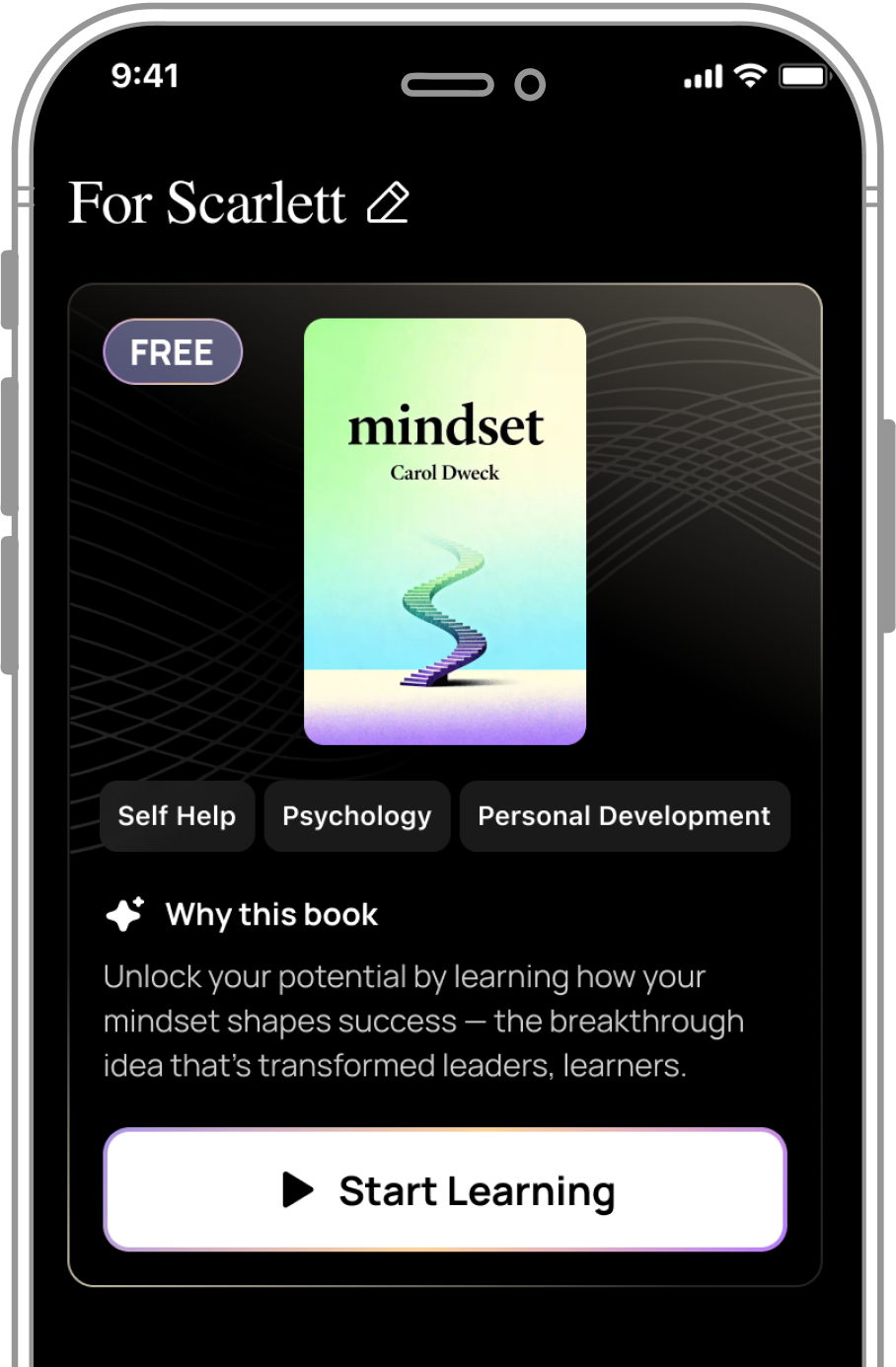What is Dragon Tears by Dean Koontz about?
Dragon Tears is a 1993 paranormal thriller about police detective Harry Lyon, whose orderly life collapses after a restaurant shootout. When a mysterious vagrant delivers a chilling prophecy—"you'll be dead in sixteen hours"—Harry and his partner Connie Gulliver are plunged into a supernatural nightmare involving real monsters and unexplainable phenomena. The novel explores their desperate race against time to survive forces that defy logic and reality.
Who should read Dragon Tears by Dean Koontz?
Dragon Tears appeals to readers who enjoy cross-genre fiction blending police procedurals with supernatural horror. Fans of Dean Koontz's 1990s paranormal work will appreciate the suspenseful pacing and imaginative storytelling. This book suits thriller enthusiasts who don't mind slower descriptive passages and readers interested in exploring themes of order versus chaos. It's ideal for those seeking character-driven horror with metaphysical elements rather than pure action.
Is Dragon Tears by Dean Koontz worth reading?
Dragon Tears receives mixed reviews, with readers praising Koontz's imaginative supernatural elements and the engaging villain character development. Many enjoy the suspenseful plot and unique dog perspective woven throughout the narrative. However, some critics note slow pacing, excessive descriptions, and dated 1990s cultural references. While not considered Koontz's strongest work compared to novels like Intensity or Phantoms, Dragon Tears still delivers engaging thrills for fans of supernatural suspense.
What genre is Dragon Tears by Dean Koontz?
Dragon Tears is a cross-genre novel combining paranormal horror, police procedural, and supernatural thriller elements. Dean Koontz became known for creating cross-genre fiction that blends multiple styles, and this 1993 novel exemplifies that approach. The book mixes traditional cop drama with metaphysical horror and fantasy elements, featuring both grounded police work and inexplicable supernatural phenomena. This genre-blending reflects Koontz's evolution from science fiction into suspense and supernatural storytelling.
What happens to Harry Lyon in Dragon Tears?
Harry Lyon, a meticulous detective who values order and tradition, is forced to shoot a gunman during lunch, triggering a surreal nightmare. Shortly after, he encounters a terrifying vagrant with unnaturally red eyes who prophesies Harry's death by dawn. His carefully maintained world unravels as strange occurrences challenge his understanding of reality, forcing him to confront supernatural forces targeting him, his partner Connie, and everyone he loves.
What does "ticktock, you'll be dead in sixteen hours" mean in Dragon Tears?
The phrase "ticktock, you'll be dead in sixteen hours" is the chilling prophecy delivered by a mysterious vagrant to Harry Lyon. This countdown creates the novel's central tension, setting Harry in a desperate race against time to understand and survive an unknown supernatural threat. The ticking clock motif symbolizes the breakdown of Harry's orderly world and represents how quickly life can spiral from normalcy into chaos and terror.
What is the main theme of Dragon Tears by Dean Koontz?
The central theme of Dragon Tears explores the battle between order and chaos, with Harry Lyon representing tradition and rationality while Connie Gulliver embraces life's messiness. The novel examines how the supernatural disrupts carefully constructed reality, forcing characters to question their understanding of the world. Koontz uses metaphysical horror to explore fear, power, the human psyche, and ultimately the resilience of hope and courage when confronting darkness and the unknown.
How do Harry Lyon and Connie Gulliver differ in Dragon Tears?
Harry Lyon and Connie Gulliver are polar opposites as police partners.
- Harry is meticulous, particular about appearance and surroundings, rational, calm, and devoted to order and tradition.
- Connie is unconcerned with polish, clutters her desk, chooses clothes by favorites regardless of appearance, and embraces what she calls "the Age of Chaos".
- Despite six months together, Connie remains emotionally closed off, refusing to share personal details.
What are the criticisms of Dragon Tears by Dean Koontz?
Critics note Dragon Tears suffers from slow pacing with excessive descriptions and unnecessary explanations that sometimes descend into repetition. The novel features dated 1990s cultural references that feel anachronistic to modern readers. Some reviewers find it far from Koontz's best work, ranking below novels like Intensity, Phantoms, or Twilight Eyes. Additionally, critics observe that the opening restaurant scene with mannequins and Elvis song titles feels confusing and loses narrative focus.
What supernatural elements are in Dragon Tears by Dean Koontz?
Dragon Tears features:
- A mysterious antagonist called "The Ratman" who appears as a towering vagrant with unnaturally red eyes and the ability to transform into a squirming pile of rats.
- Golem-like creatures.
- Prophetic abilities.
- Phenomena that defy physical reality.
- Characters experience shifts in reality where the world around them changes inexplicably.
These metaphysical elements serve as metaphors for unknown forces that disrupt ordered lives and challenge rational understanding.
How does Dragon Tears compare to other Dean Koontz books?
Dragon Tears represents Koontz's 1990s supernatural horror phase, contrasting with his later suspense-focused novels. Readers consider it less compelling than his strongest works like Intensity, Phantoms, or Twilight Eyes, noting more repetitive prose and slower pacing. However, it exemplifies his cross-genre approach that blends police procedurals with paranormal elements. The novel features Koontz's trademark opening with intense action and his characteristic themes of good versus evil, though with more explicit supernatural horror than his contemporary thrillers.
Why is Dragon Tears still relevant in 2025?
Dragon Tears remains relevant because its core theme—the tension between seeking order and accepting life's inherent chaos—resonates with contemporary anxieties about uncertainty and control. In an era of rapid technological change and social disruption, Harry Lyon's struggle to maintain rationality against inexplicable forces mirrors modern experiences with unpredictability. The novel's exploration of how ordinary people respond when reality itself becomes unreliable speaks to current concerns about truth, perception, and resilience in chaotic times.








